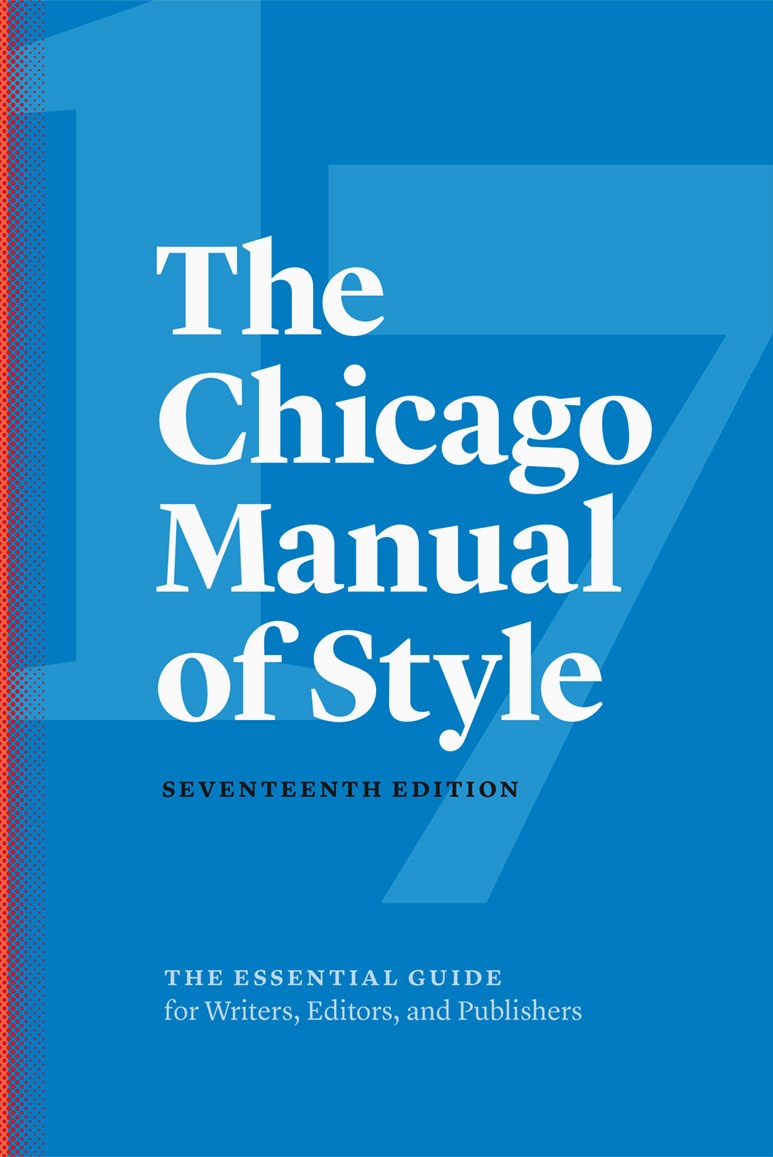Chicago style for citing sources is standard in history and religious studies, so it's not a bad thing to get used to using. I've included a link to a very detailed guide to using it by my colleague, and to the manual of style itself. Learn how to cite a book, a journal article, and something from a website, and that will cover about 80% of what you need to cite at BC.

Three key concepts in citing documents produced by the Church: 1) Titles and place names are not included, so Pope Francis and St. Augustine of Hippo become just Francis and Augustine. 2) Church organizations or conferences can be authors. 3) Papal encyclical letters are usually referred to by the first few words of the Latin text, but you can include a translation if you like.
Augustine. On Christian Doctrine. Translated by D. W. Robertson Jr. Indianapolis: Bobbs-Merrill, 1958.
Francis. Laudato Si’. [On Care for Our Common Home]. May 24, 2015. https://www.vatican.va/content/francesco/en/encyclicals/documents/papa-francesco_20150524_enciclica-laudato-si.html.
John Paul II. Evangelium Vitae [On the Value and Inviolability of Human Life]. In The Encyclicals of John Paul II, edited by J. Michael Miller, 792-894. Huntington, IN: Our Sunday Visitor, 1996.
Second Vatican Council. Dogmatic Constitution on the Church: Lumen Gentium, solemnly promulgated by His Holiness, Pope Paul VI, on November 21, 1964. Boston: Pauline Books & Media. 1998.
USCCB. 2005 Annual Report: Report on the Implementation of the Charter for the Protection of Children and Young People. March 2006. https://www.usccb.org/sites/default/files/2020-02/annual-report-2005.pdf.
